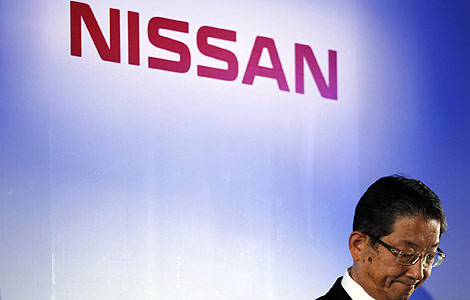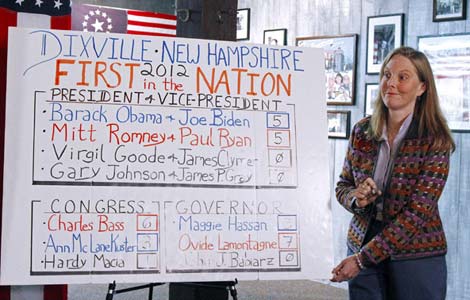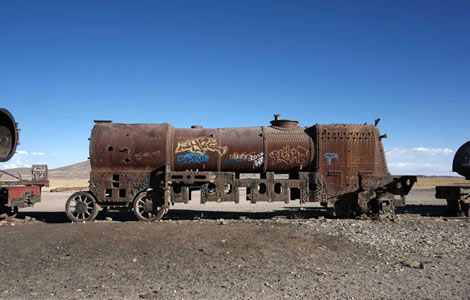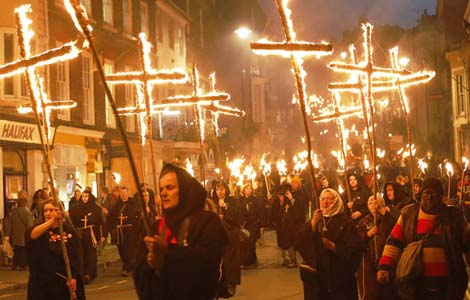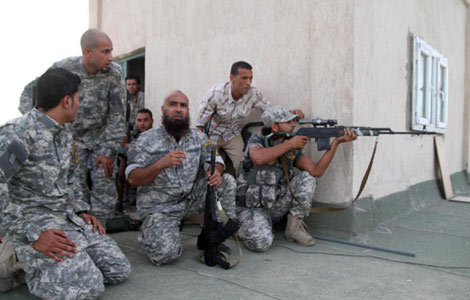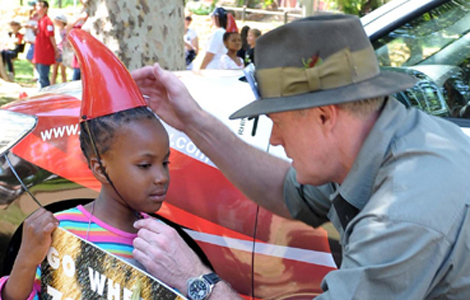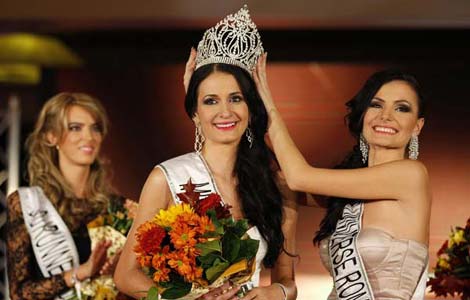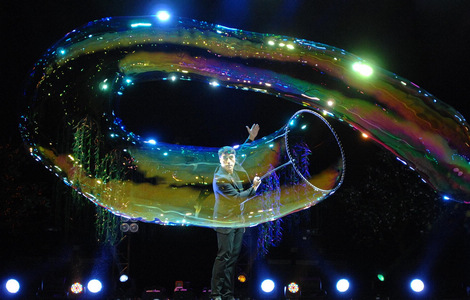
WASHINGTON - After voters in Dixville Notch, New Hampshire, cast the first Election Day votes in the US early Tuesday, polls elsewhere began to open before the day's first light streamed across the American East Coast.
Only 10 voters cast ballots in Dixville Notch and produced a tie between incumbent President Barack Obama and Republican challenger Mitt Romney.
Following hot on the heels of Dixville Notch in the race to post the first results, by tradition, is Hart's Location, also in New Hampshire, where, shortly after midnight (0500 GMT), it was announced Obama won 23 votes to nine for Romney and two for Libertarian candidate Gary Johnson.
First daytime polls were opened in northeastern Vermont at 5 am eastern time (1000 GMT). Only several locations in the state open that early, while most open at 6 am (1100 GMT). Vermont is a safe Democratic state.
At 6 am, polls were opened in battleground states of Virginia, as well as a host of states across the East Coast, including New York, New Jersey, Connecticut, Maine and the rest of New Hampshire and Vermont. Polls were also opened in Indiana and Kentucky.
About half an hour later, election sites were open in the all important battleground of Ohio at 6:30 am(1130 GMT), almost bringing to an end the intense competition for the state's 18 electoral votes. Romney will make a final stop during the day in Ohio to rally support.
In Florida, the biggest swing state with 29 electoral votes up for the grabs, polls opened at 7:00 am (1200 GMT). At 9:00 am (1400 GMT), voters in more than half of the states began to cast their ballots.
TV news footage showed long queues of voters in Ohio and Florida who got up before dawn were lining up in front of polling stations.
As of 9:00 am (1400 GMT), polling was underway in more than half of the US states. Due to time differences, polling stations in some western states will open later.
So far, no incidents have been reported in the election process. But voter turnout may be affected as rain has been forecast later in the day in the southeast, including Florida.
The voting was slated to last the whole day across the US, with the first results begin to come in after polls close at 7 pm (0000 GMT Wednesday) in Virginia, which has 13 electoral votes and is especially important to Romney. Other states' polls will close later.
However, a projection of the election results won't be expected before later in the night, as most battleground states may produce too-close-to-call results.
The last polls were to close 1:00 am Wednesday (0600 GMT) in Alaska, a safe Republican state.
In addition to presidential elections, voters are also voting Tuesday for 33 Senate seats, all 435 House of Representative seats, 11 state governors and numerous local offices.
US elections are not directly decided by the popular vote, but require candidates to pile up a majority -- 270 out of 538 electoral votes -- from the 50 states and Washington, DC, calculated indirectly on the basis of population.
Under the electoral college system, US voters only cast their ballots for a slate of electors of the US Electoral College, who in turn elect the president and vice president. The majority of states use the "winner-takes-all" principal when it comes to electoral votes, meaning the candidate who wins that state's popular vote gets all of its electoral votes.
A candidate can, therefore, win the nationwide popular vote and still be deprived of the presidency by falling short in the Electoral College.
Under such a system, the traditional "red" or "blue" states don't determine the outcome of the election. It is the swing states, such as Ohio, Virginia and Florida, that decide the election. Both candidates shaped their campaign around the seven to 12 swing states.
The two presidential contenders headed into the polling day after a long and bitter White House campaign which focused on the lagging economic recovery and persistent high unemployment, with both men seeking to convince voters they have a plan to usher in faster growth and job creation.
Obama, 51, advocates more economic fairness, investment in education and infrastructure, protecting welfare for the poor, elderly and disabled and taxing the rich to pay down the deficit.
Romney, 65, on the other hand, advocates limited government to battle the federal deficit and public debt, and deregulation and tax cuts to spur the economy.
The race also pits the two candidates on issues of healthcare, national security and immigration, but they were overshadowed by the all-important economic concerns.
Obama, who already cast his ballot last month, would stay at his Chicago campaign headquarters throughout the day and his schedule includes basketball games with top aides and interviews with media. In the night, he would attend a supporters' rally and wait for the final outcome.
Romney cast his ballot Tuesday in Belmont, Massachusetts, before rushing to the two battleground states Ohio and Pennsylvania in a last-minute effort to court votes. He would return to Boston campaign headquarters in the evening where he would host a watch party to await the election results.
